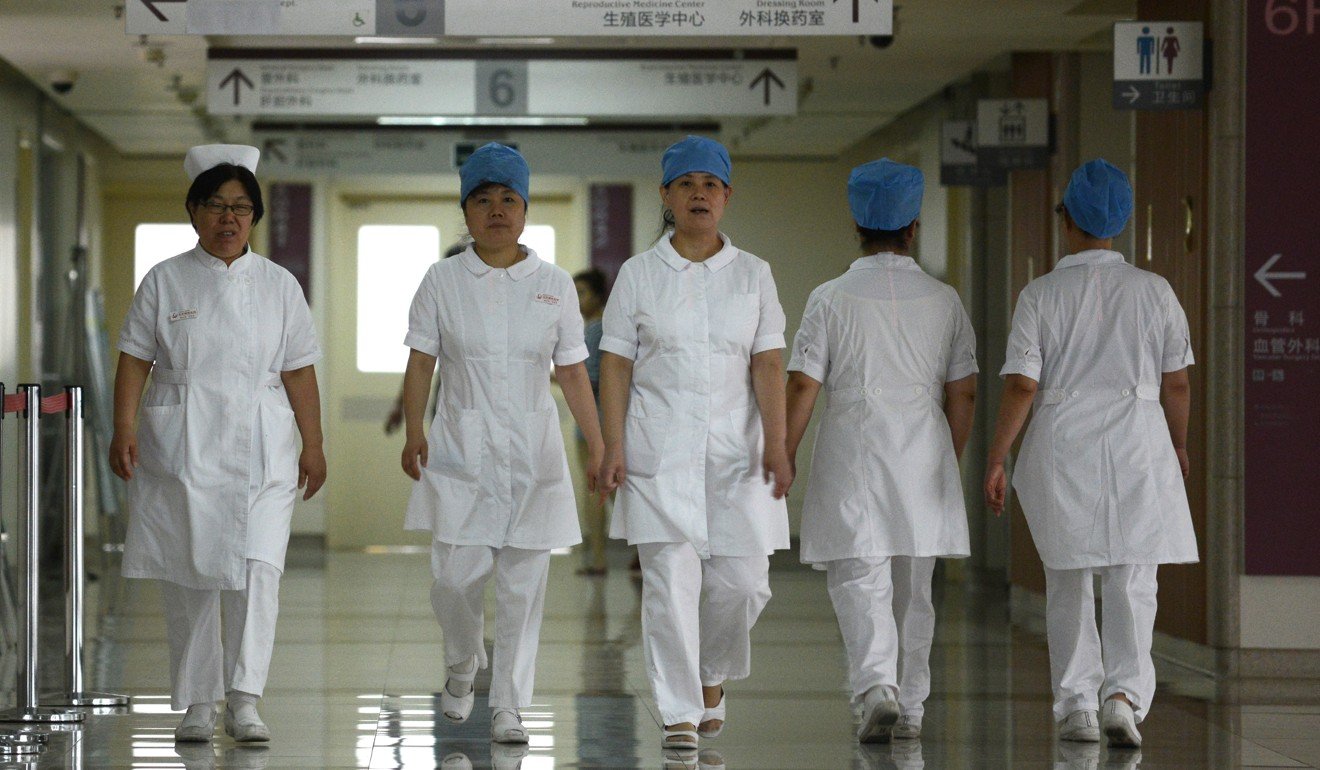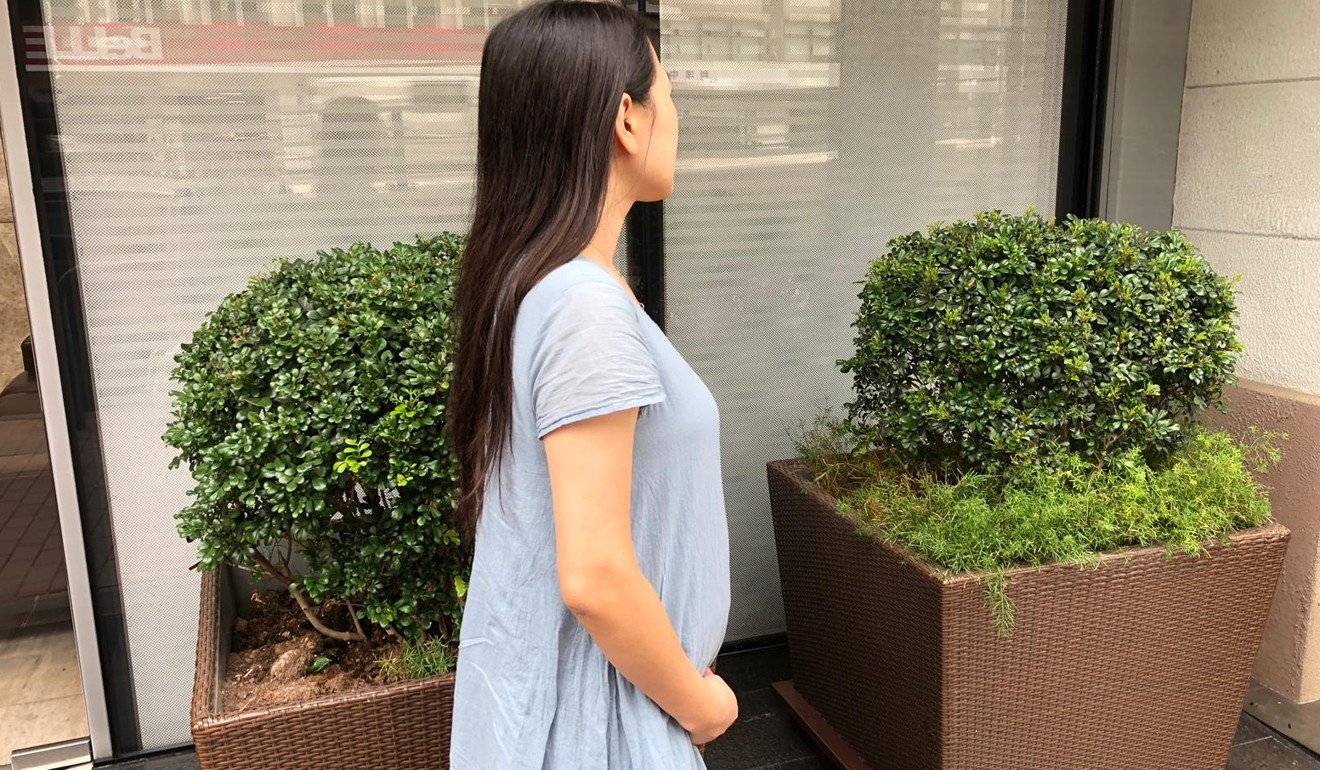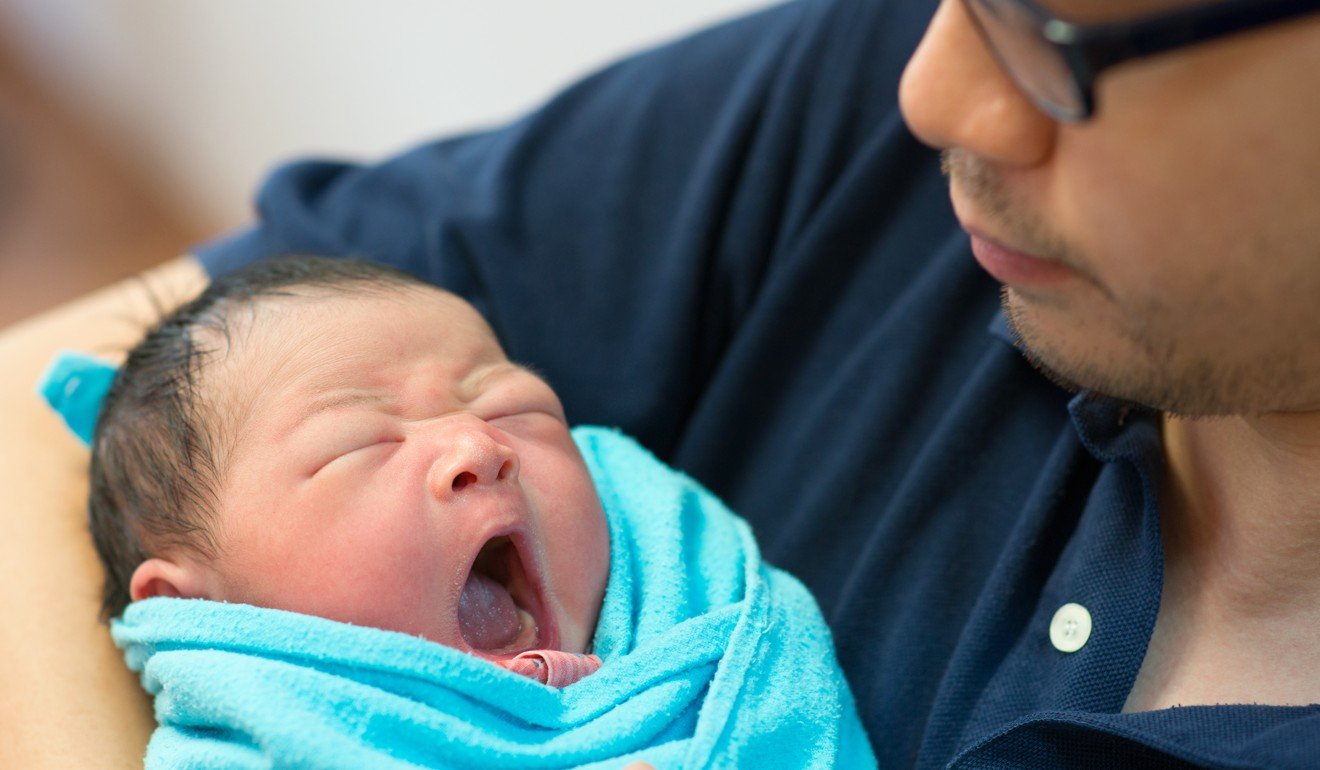
Why more women are choosing caesareans in China despite the health risks
- Attack on doctors in Beijing triggers debate over rising use of the procedure
- China’s caesarean rate has gone from 3.7 per cent in 1988 to 34.9 per cent in 2014
Delivering a baby surgically instead of via natural childbirth is not new, but a Chinese man’s attack on doctors who refused to give his wife a caesarean has abruptly – and violently – put the procedure’s growing use in China in the spotlight.
The day after the attack, doctors relented and gave the wife, surnamed Sun, a caesarean, delivering a baby girl. Police put Zheng under criminal detention after allowing him to take care of Sun and the newborn.

The incident dramatises the growing acceptance of caesareans as an option among expectant parents, even though doctors and scientists warn that undergoing the procedure can increase the risks of infection and death from pregnancy or childbirth-related complications.
According to a study published in The Lancet medical journal, the caesarean rate in China has gone from 3.7 per cent in 1988 to 34.9 per cent in 2014. That means at the time of the study, one in three babies in China were delivered by cutting the mother’s abdomen and uterus.
C-section study shows huge childbirth care gap between rich and poor mothers
Despite the life-saving value of caesareans, the World Health Organisation’s recommended “ideal rate” for the procedure is 10 to 15 per cent, or one to 1.5 babies in 10, according to the study.
China’s caesarean rate is also higher than the world average of around one in five, the study showed.

Mu Yi, a researcher with West China Second University Hospital in Sichuan, co-wrote the study along with more than two dozen international researchers.
Mu said in an interview that overuse of caesarean sections “adversely affects the health of the mother and the child”. The surgery “will increase the risk of post-partum bleeding for mothers who have had a C-section before”, the researcher said.
In cities such as Beijing and Shanghai, caesarean rates in recent years have hovered at around 60 per cent, or nearly two in three babies.
Childbirth: natural event, not medical emergency – how a film changed restaurateur Lindsay Jang’s life
From 1988 to 2014, the number of babies delivered by caesarean in China rose more than five times – from less than one million in 1988 to 5.8 million in 2014, according to studies and figures from China’s Ministry of Health.
Caesarean rates are also rising elsewhere. From 2000 to 2015, the number of babies delivered by caesarean almost doubled worldwide – reaching “epidemic” proportions in Brazil, Egypt and Turkey, according to the study in The Lancet.
In China, Mu attributed the increase to a shortage of anaesthetists and midwives in the health care system. Short-staffed public hospitals are so stretched that they prefer caesareans to vaginal births because they take less time, meaning they can treat more patients, according to Mu.
“There are simply not enough anaesthetists and midwives to monitor mothers during a 10-hour labour,” the researcher said.
Long Qian, a medical researcher with Duke Kunshan University in China, echoed Mu on how caesareans were being used to overcome the staffing shortage.
“To my knowledge, painless delivery has not been widely used in China because we don’t have enough trained physicians to conduct the process,” Long said.

In a study published on Tuesday in the medical journal PLOS Medicine, Long said the fear of labour pain and a shortage of people available for childbirth services had led to a high caesarean rate in China.
“We found that women’s preferences for C-section tend to rise as pregnancy progresses, with just 14 per cent in early or middle pregnancy saying they would want one,” Long said.
Long suggested that mothers needed to carefully consider the risks when opting for a caesarean. “C-section is surgery after all and will increase the health risks for mothers who do not need it,” the doctor said.
In pictures: Chinese tattooist offers help to cover mums’ birth scars, in nation with one of world’s highest C-section rates
Beijing has issued guidelines to hospitals since 2009 in an effort to restrict the use of caesareans. That year, the Ministry of Health told hospitals to introduce “strict” medical indications for the use of the procedure. And the National Health and Family Planning Commission in 2014 said caesareans without medical grounds would have an impact on hospitals’ appraisals.
Mu said the policies had been effective at bringing down the rate of caesareans at some hospitals.
A former patient of He, the gynaecologist attacked in Beijing, said she had initially asked for a caesarean. But the woman, surnamed Moon, who had her baby prematurely, said she ended up choosing to have a vaginal delivery at the recommendation of He’s colleagues at Peking University First Hospital.
“My waters broke at 35 weeks and I was fearing pain,” Moon said. “He helped make a plan to make sure the baby would be healthy despite the preterm birth.”
She added that according to the hospital’s rules on caesareans, “they only do it when the expectant mother shows signs that it will be needed”.

